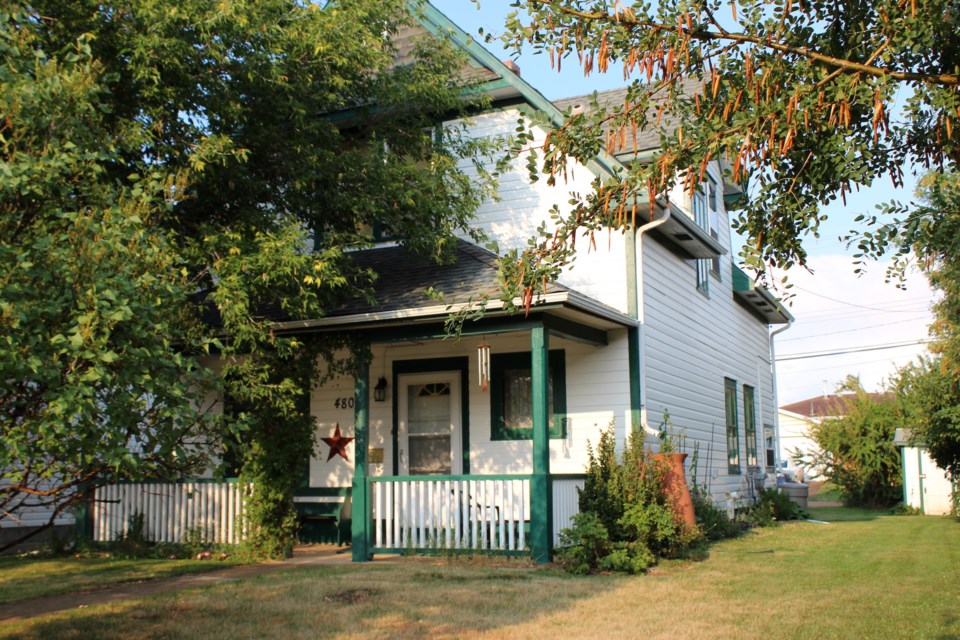ATHABASCA – One of the Town of Athabasca’s first residents has left an undeniable mark on the community that is still felt 121 years later.
Frank R. Falconer was a man of many talents. Not only did he own the local hardware store from 1910 up until 1963, he was also the town mayor for many years and even served as an MLA from 1930 to 1935.
Aside from his professional endeavours, Falconer also played in the town band and was an avid curler within the community.
Falconer first came to Athabasca in 1910 and had such success with his hardware store he was able to commission the construction of what is now known as the Falconer House in 1912 — another of the many historical sites that can be found around Athabasca to this day.
The growth of his business within those two years was so drastic that the hardware store went from occupying 648 square feet of floor space upon its initial opening to 4,000 square feet in 1912.
Falconer and his family lived in the house on 49th Street up until the death of his wife, Catherine (MacIntyre) Falconer, in 1967.
Falconer was so well known throughout the town and region that everything from his father’s death in North Dakota to a minor vehicular accident he was a part of was reported on in the local newspaper.
When the house was built by carpenter Lance Smith, it was one of the more impressive within the town, boasting many of the modern features seen today.
Since then, the building has served multiple purposes. From 1967 to the 1980s, the building was home to the Family and Community Support Services (FCSS) offices. What may be the most unique of the building’s uses was the time it spent as the Northern Lights Bed and Breakfast through the 1990s.
Even though it’s over 100 years old, what leaves the building so eye-catching even today is the fact that most of the house is still in its original condition.
“Two of the main floor windows at the front of the house are stained glass, and I think it's the original 1912 stained glass,” current homeowner Sherly Stashko said.
“I believe it's the original hardwood floor in the front part of the house on the main floor,” Stashko continued.
Because of how well the house has been maintained, many who happen to come across the building with the sign out front that explains the historical value of the building have been led to believe it sits as a museum, rather than an occupied home.
“Funnily enough, some people, because of that sign being in front of my house, have come up to my front door and just walked in the door because they think it's a museum,” Stashko said.
“And then they see my startled look and say, ‘Oh, no.’”
If you happen to come across the Falconer House, take the opportunity to absorb some of the history, it hasn’t changed much in 100 years, although it is advised you take the time to enjoy the building from outside rather than in.



